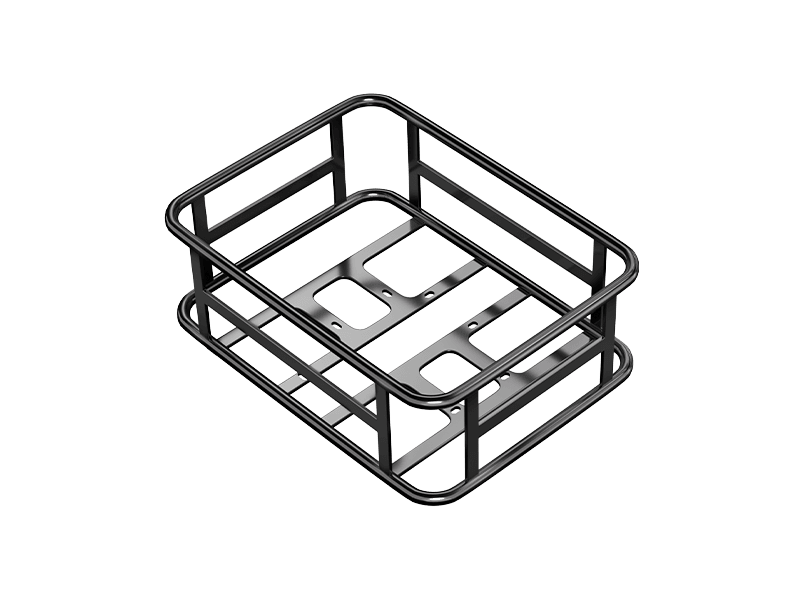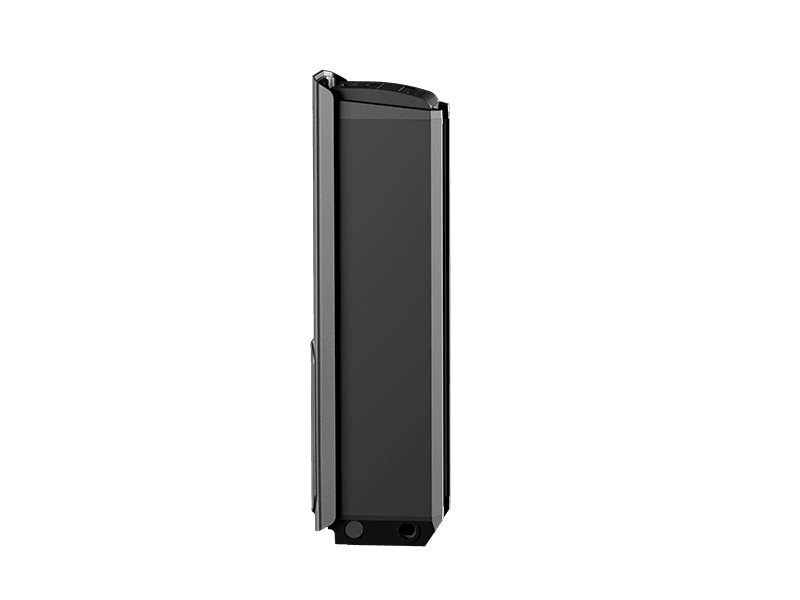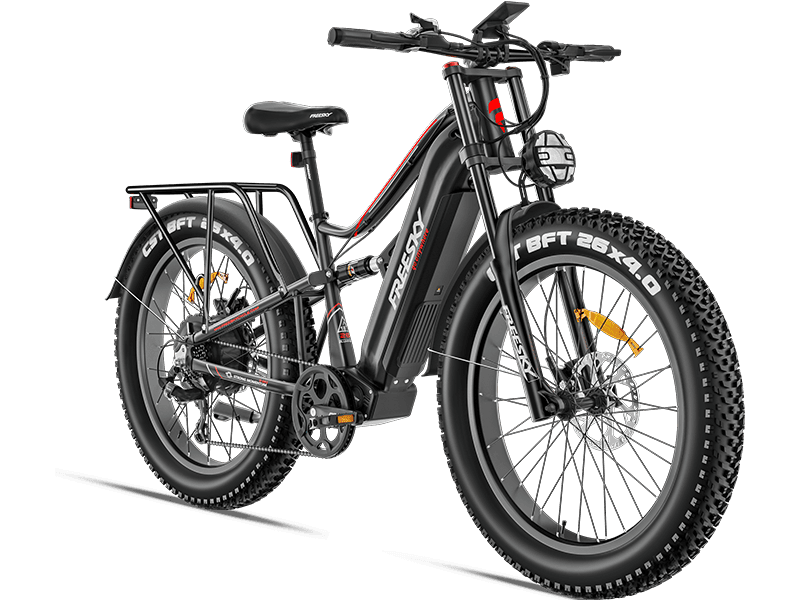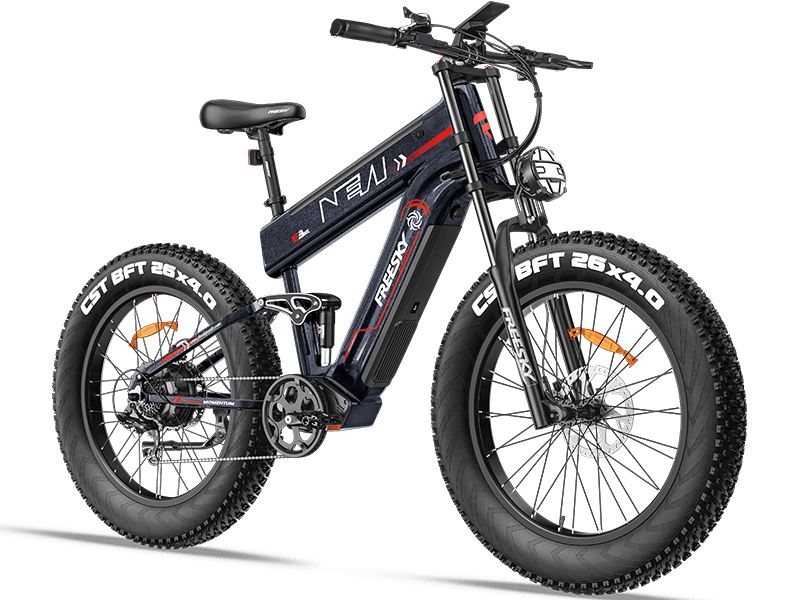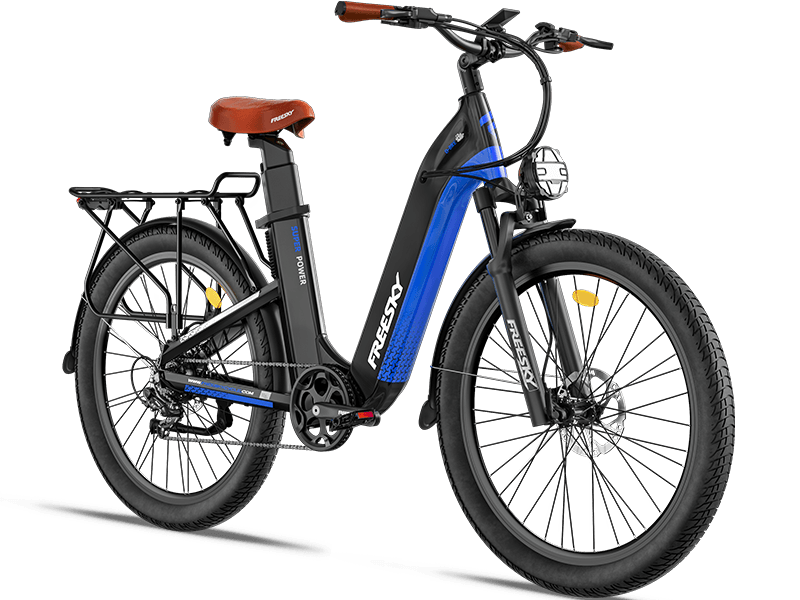Do we need an e-bike with the Hydraulic Disc Brakes?
SEP 12, 2022
What is the Hydraulic Disc Brakes?
It is undeniable that as a qualified e-bike, the brakes are very important. And there are two main types of brakes for electric bicycles: hydraulic disc brakes and non-hydraulic.
So what is the hydraulic disc brakes? As its name suggests, the hydraulic disc brakes is a brake system that injects fluid into the brake cable housing and assembles it with disc brakes.
An e-bike with hydraulic disc brakes helps us brake quickly and provides us a better riding experience.
How the hydraulic disc brakes work?
Refer to how this type of brakes works, we can’t ignore the small oil pump of the electric bike: when braking, the oil generates pressure to push the brake pads to achieve the braking and control the brake disc (the brake lever is against a piston, and the piston compresses the oil to generate oil pressure to brake).
When the brake lever is released, the piston will reset due to the presence of oil pressure, so that the brake lever will be reset, and the brake lever is pressed against the switch, that make the power-off to brake and protect the system.
Why we choose the e-bike with the Hydraulic Disc Brakes?
If you want to choose the high-speed mountain e-bike, and you are more concerned about safety, the e-bike with the hydraulic disc brakes is a good choice. The followings are some reasons;
- This type of brakes paired with the front suspension fork greatly reduces unnecessary bumps during riding ;
- Good to brake faster and avoids injury and rollover;
- provides a better brake feeling and much smoother riding experience;
- Not easy to deform, is more stable and durable. When we release the brake lever, the oil pressure will help the cable restore the original form, so it can make sure the function of the brakes.
Difference between the hydraulic disc brakes and the non-hydraulic disc brakes
In order to help you know more about the hydraulic disc brakes and choose the most suitable e-bike, we can compare the pros and cons of these two brakes.
Hydraulic disc brakes
Considering the structure and materials of construction, the hydraulic one is more expensive. But with the development of our life, more and more people pursue the quality and the experience. For this reason, the e-bike with this type brakes becomes very popular. Is more safer, durable and with excellent riding experiences.
When we talk about the maintenance, the hydraulic disc is more complicating. If the brake cable housing is damaged or the liquid inside is exhausted, we need to replace or refill it.
Non-hydraulic disc brakes
This kind of brakes is the most traditional design, with lower prices and easy to maintenance and replace, because they don’t need to inject liquid, that is the most obvious difference of them.
Compared to the hydraulic one, this type brake may not provide more effective braking in some adverse conditions like the rainy weather, heavy off-road, long downhill and others adverse environment.
Conclusion
The electric bike with the hydraulic disc brakes allows us to ride more safely in any adverse conditions. If your budget is enough, choosing this type of e-bike improves our riding experience and safety, that is a fantastic choice. If this choice can make our life more happy and free, why not achieve it, let’s share the cycling moments with your family and friends!
Write by Frida



